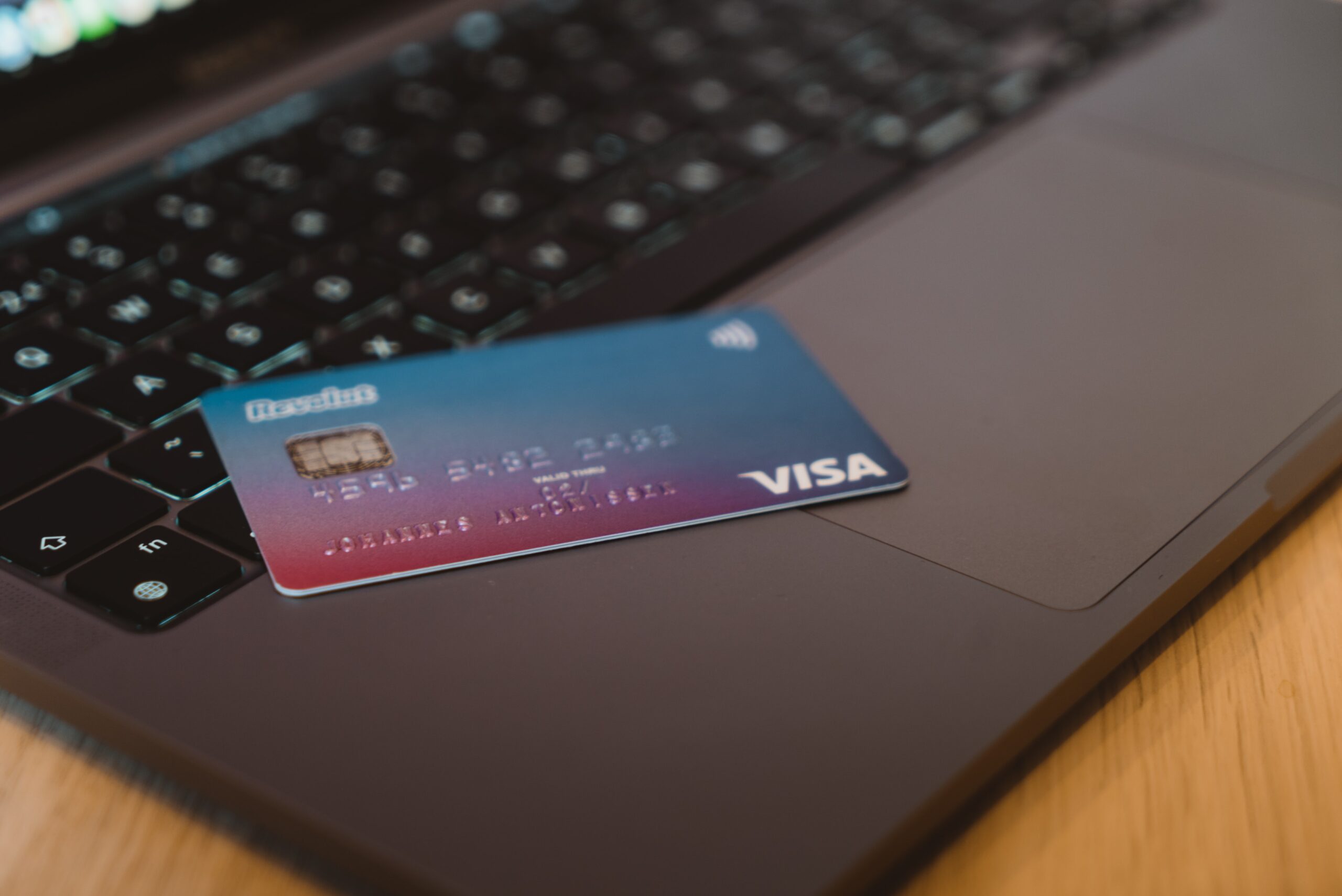The History of Visa, Inc.
The story of Visa, Inc. (NYSE: V) starts in the late 1950s in central California. At the time, people had many credit accounts at many locations. At the local grocery store, for example, you had a credit account, and when you bought groceries, your purchase was added to your account. At the end of the month, the grocery store sent you a bill. In the US, this bill would typically be paid with a check, or what was really a note to your bank to pay the grocery store a certain amount from your account.
People had a similar arrangement with their local hardware store, their gas station, their farm supply store, their department store, and their auto repair shop, etc. Credit was often only extended on the basis of personal relationships and community reputation. You wouldn’t have received credit without these.
The Bank of America, who at the time had its headquarters in San Francisco, recognized how cumbersome this system was as Americans began moving around the country. Their new product development think tank came up with the idea of creating a credit account card called the BankAmeriCard. Customers could present any one of the businesses with which they frequently or infrequently do business with and have Bank of America provide the credit rather than the individual businesses.
At the end of the month, you got a summary of all your expenses in one card statement and made one payment to the bank, rather than to umpteen different businesses. Moreover, if you didn’t have a relationship with a particular company, you could purchase on credit with a promise from the Bank of America that they would be paid.
Wow! What an improvement! Think of the time savings and ease that this innovation delivered and continues to deliver today.
The first pilot program for the BankAmeriCard was in Fresno, California, and although the program wasn’t a complete success (there were higher than expect default rates), Bank of America began licensing the program to various other banks around California.
Later, the BankAmeriCard program was licensed outside California and then even outside the United States. By the 1970s, the program had become so large that the licensee banks formed a consortium called National BankAmeriCard Inc., or NBI, led by a man named Dee Hock.
Eventually, NBI became so large that it was spun-out of the Bank of America and renamed “Visa.” Mr. Hock chose this name because the word “Visa” had a similar pronunciation and meaning in nearly every language.
Today, Visa is ubiquitous. Most Americans who have credit or debit cards have some form of Visa card, and the majority of businesses in every part of the country accept a Visa card as payment. This is especially true for online purchases.

Vintage Visa sign placed in merchant’s window. (Source: Wikipedia.org)
Surprisingly, Visa didn’t go public until many years after its inception. In 2008, Visa was offered to the public for the first time. It was offered at $42 per share and was the largest initial public offering in history at the time, raising a whopping $17.9 billion. Since then, the stock price split 4 for 1 (in 2015), and its market capitalization has roughly doubled.
Today, Visa has its headquarters in Foster City, California. However, in late 2019, it announced that it was in the process of building a new 13-story building in San Francisco, which will become the new home of its corporate headquarters. Planning is underway to move there in 2024 when the building is complete.

Architect’s drawing of Visa’s new corporate headquarters building at Mission Point in San Francisco, scheduled to open in 2024. (Source: sfyimby.com)
Recent Partnerships and Acquisitions
Visa is a strong supporter of innovation in fintech and has made several key announcements since our last report on the company involving partnerships and acquisitions in this space.
In February 2021, Visa announced that it entered into a partnership with First Boulevard. This fintech start-up is a fully online bank, also known as a neobank. It plans on issuing virtual credit cards using Visa’s payment products. This also helps First Boulevard utilize Visa’s well developed cybersecurity infrastructure.
Approximately a month after Visa announced the partnership with First Boulevard, the company announced that it would begin accepting payment in Stablecoin, a cryptocurrency that’s pegged to the US dollar. Although it uses blockchain technology to record transactions and accounts, it doesn’t exhibit the inherent volatility of other cryptocurrencies.
In March 2022, Visa announced that it had acquired Stockholm, Sweden based start-up, Tink. This company is considered by many to be Europe’s most robust open banking platform. Open banking allows third party fintechs to access data from your bank. It’s used to confirm bank account ownership, have visibility into bank accounts, and coordinate banking transactions. This is the technology that allows money transfer apps like Venmo, Wise, or Remitly to function.
Tink is the leader in Europe and will pave the way for future banking innovation. By joining with Visa, Tink gains access to a fortress of cybersecurity measures developed by Visa. In return, Visa takes a giant step ahead in open banking technology and money transfer apps. Tink already has relationships with over 3,400 banks in Europe.
Financial and Stock Performance
In 2021, Visa made a $12.3 billion profit on revenues of $24.1 billion. More recently, its stock performance has taken a small break from its typical growth, as can be seen in the figure below. This is in-line with recent happenings in the broader market due to the outbreak of war in Ukraine.

However, Visa is a true MegaTrend stock that is not going away anytime soon and will continue to increase again in the not-so-distant future. It is indeed the kind of long-term stock that we appreciate most.
Note that if you had invested in Visa in 2012, that money you invested would have increased by over eight times with or without investing the dividends.
Invest the MegaTrends Way!
To learn about how you can start incorporating MegaTrend stocks, like Visa, into your investment portfolio, check out our Premium Portfolios offered to investors right here in the United States!

